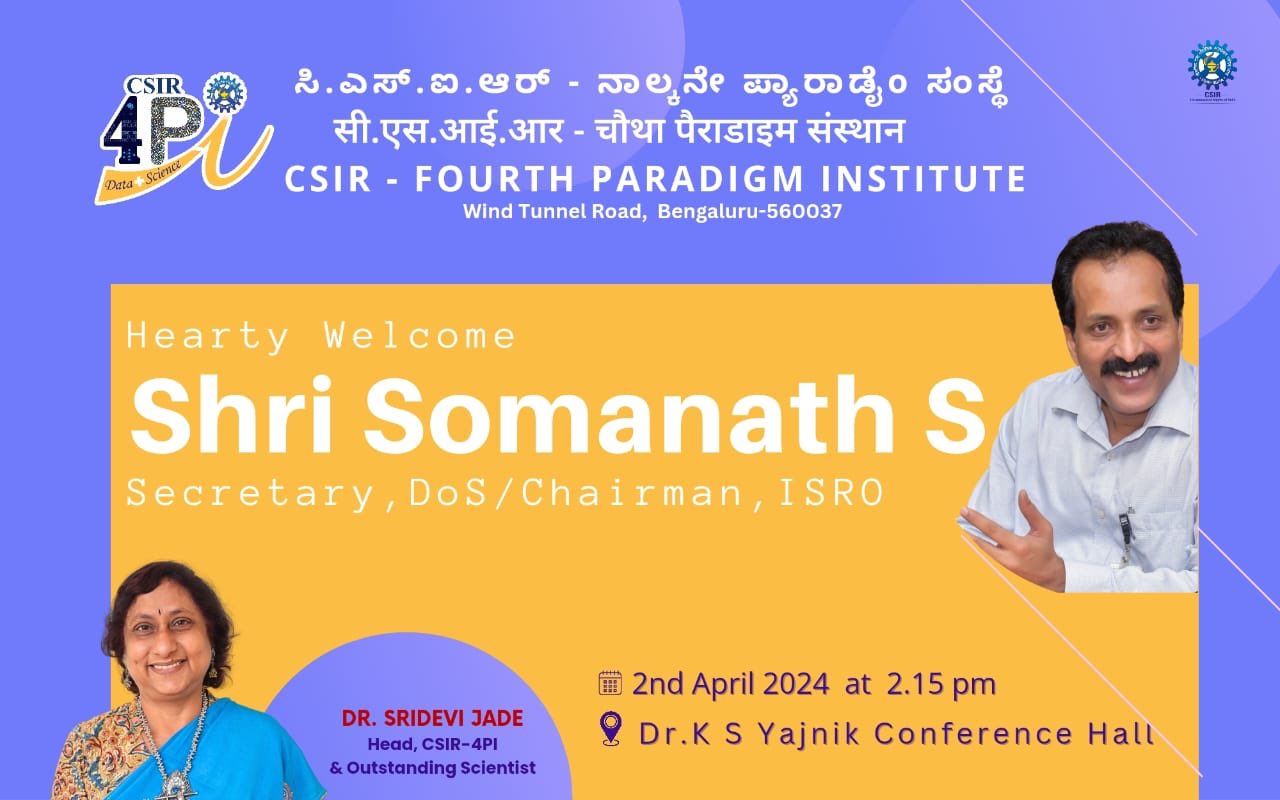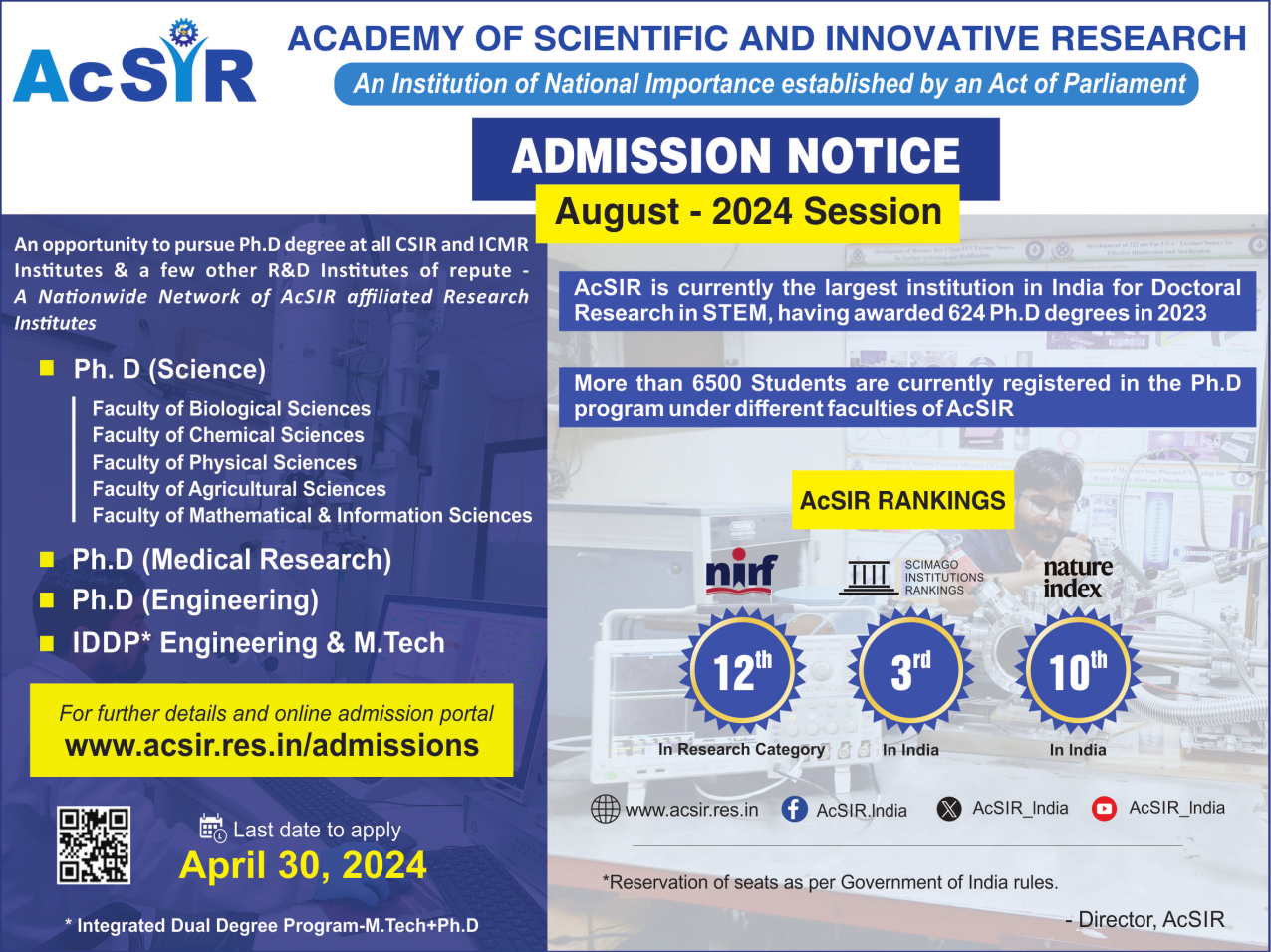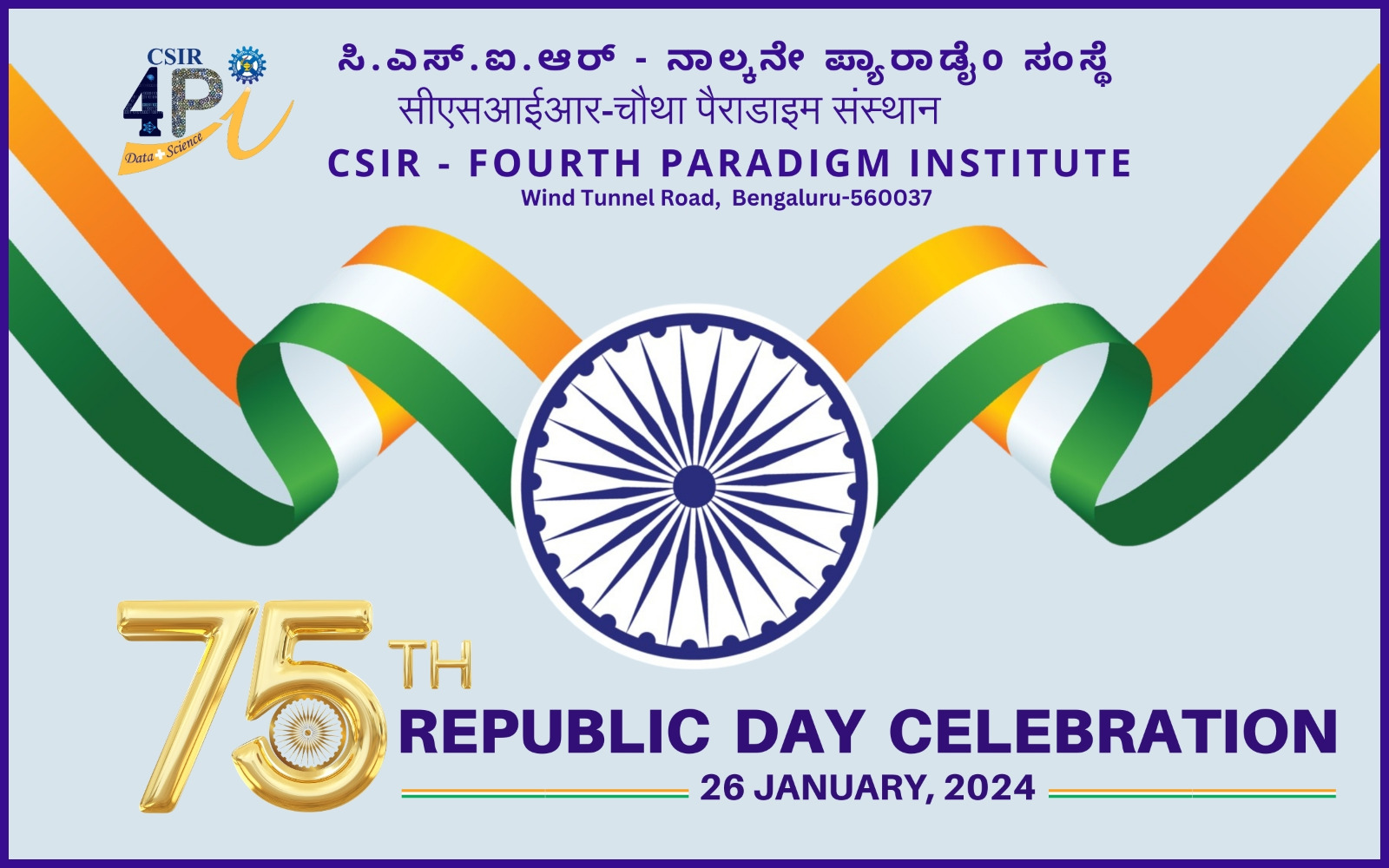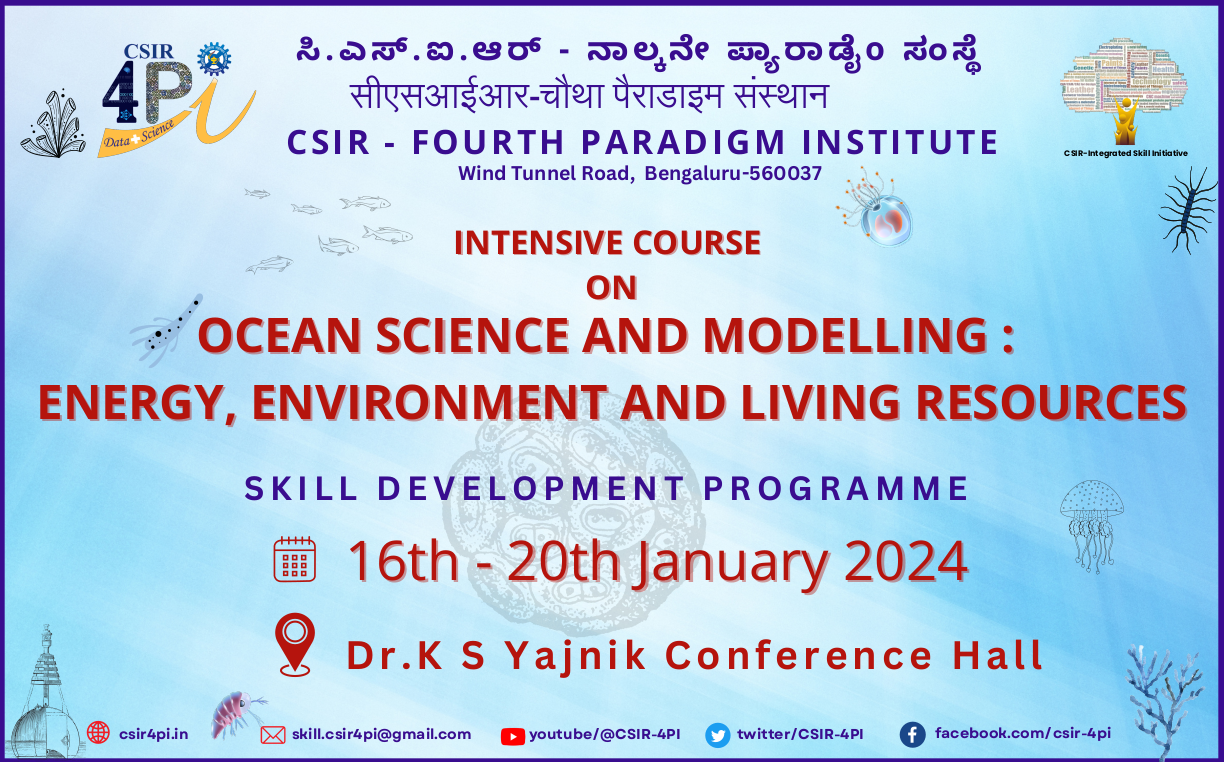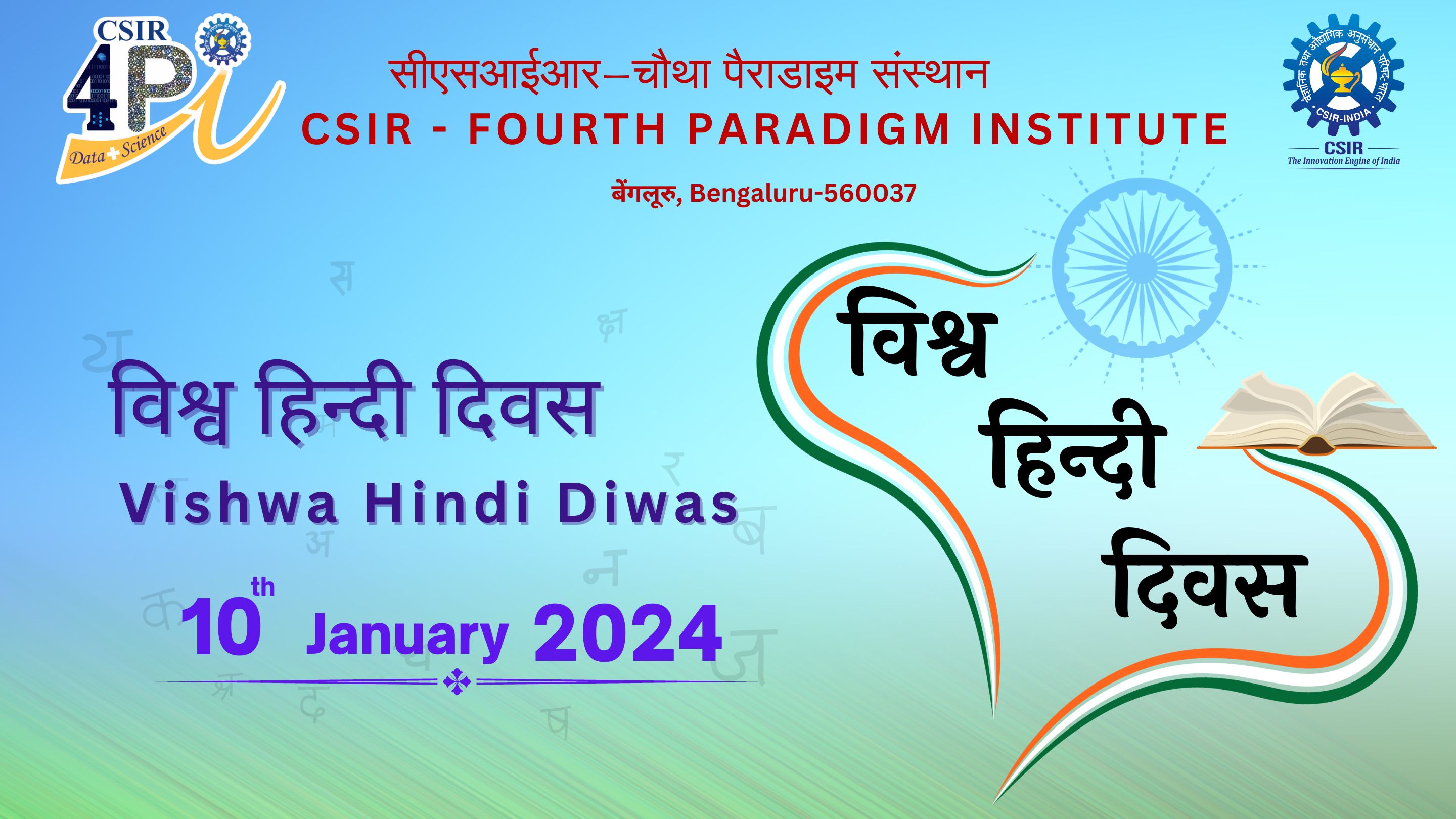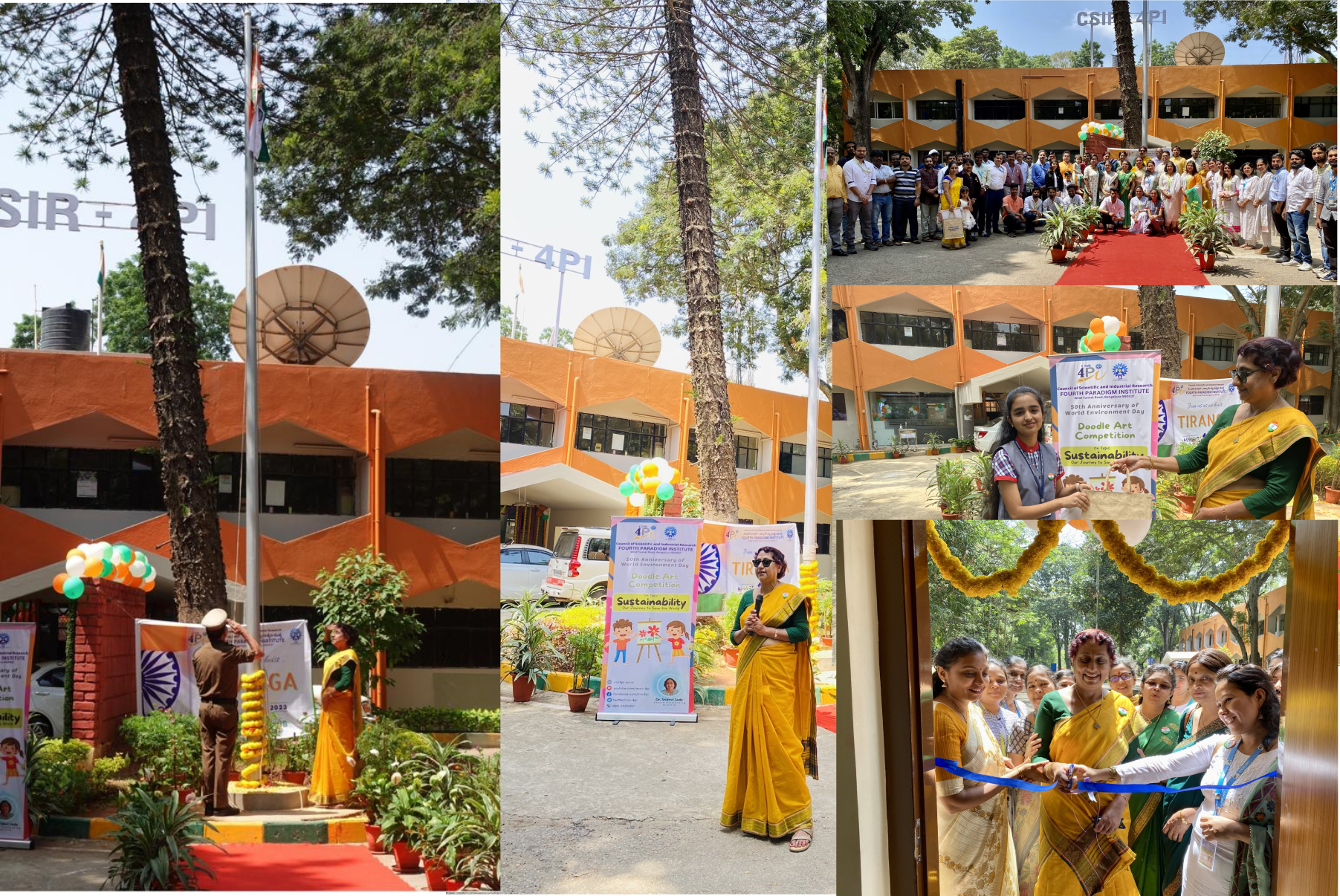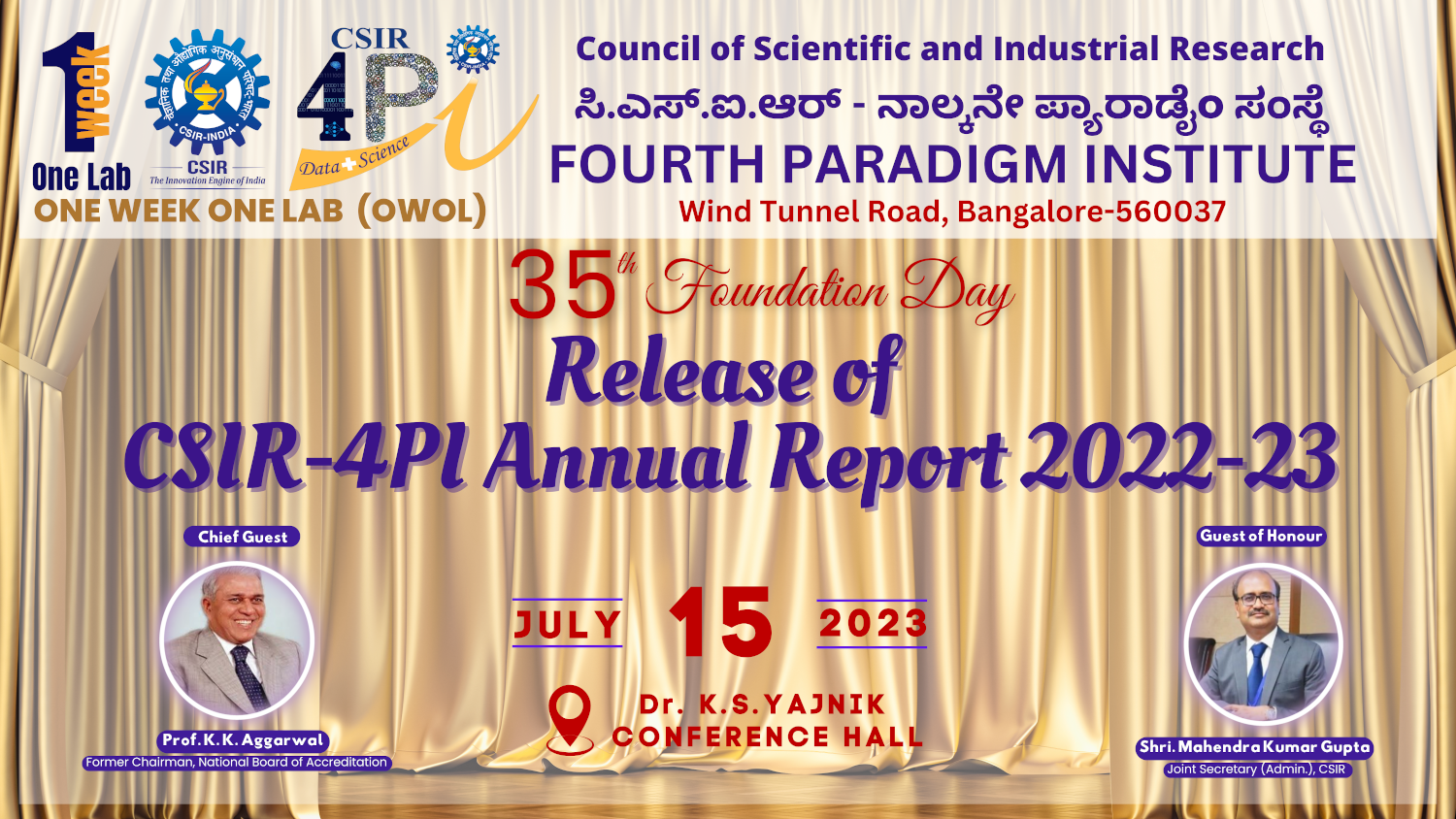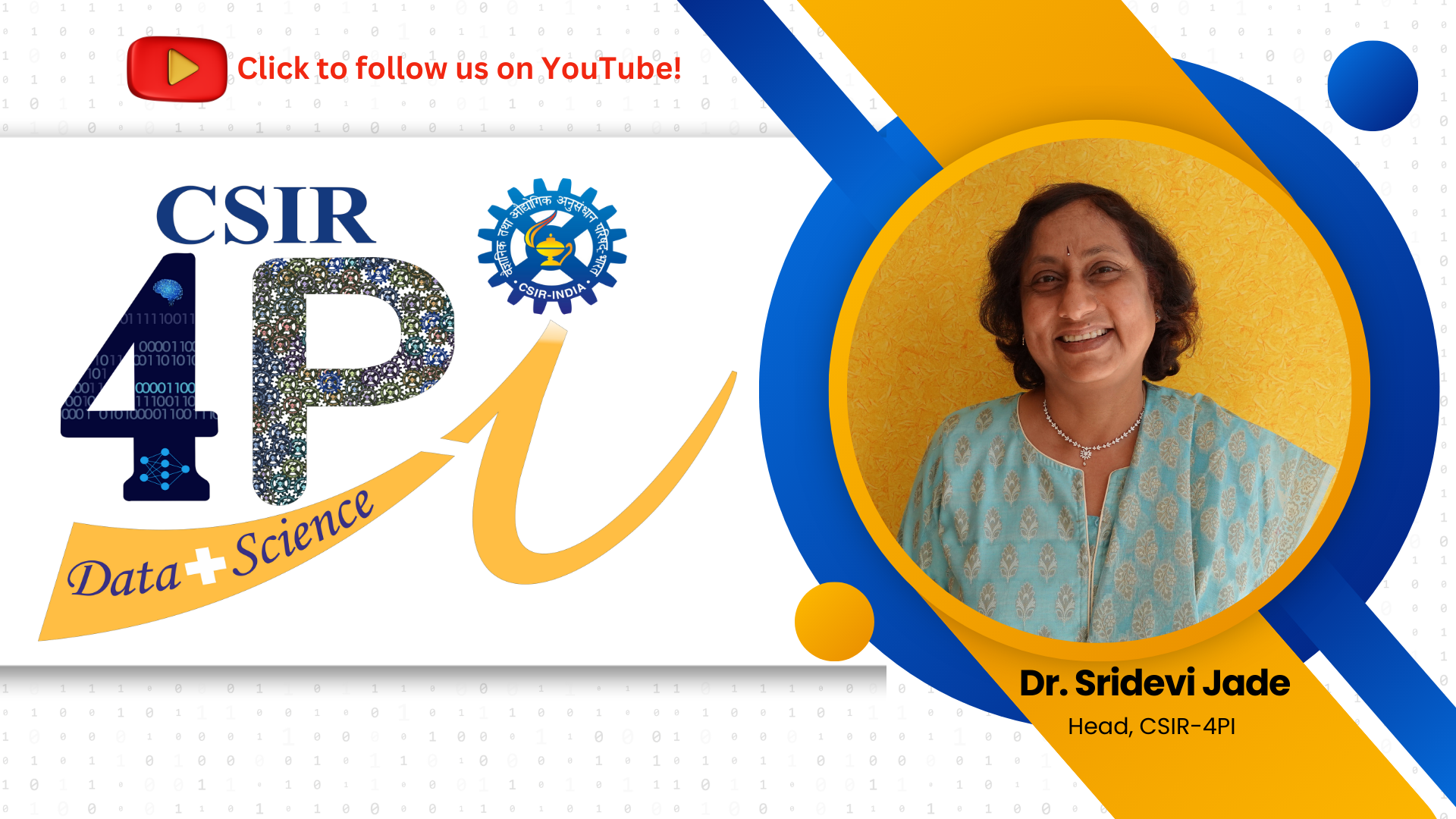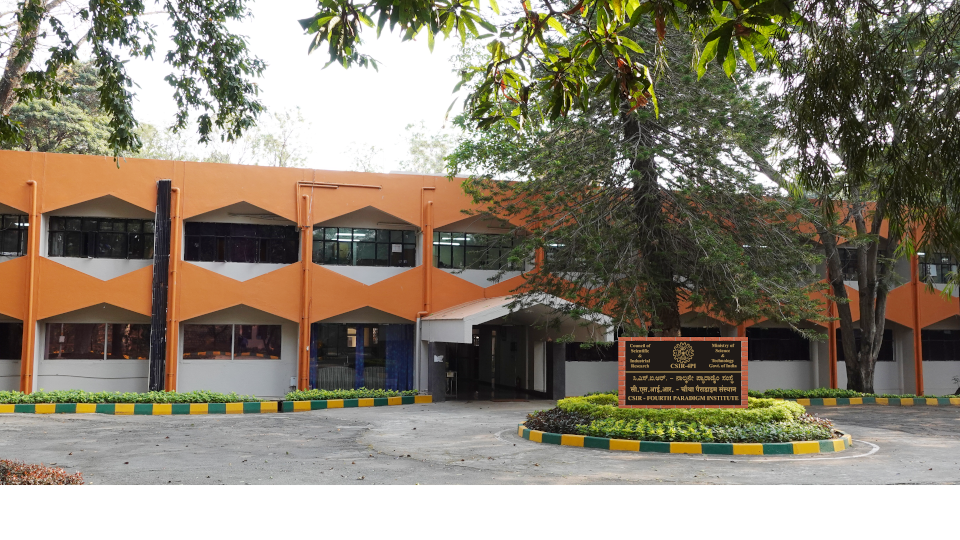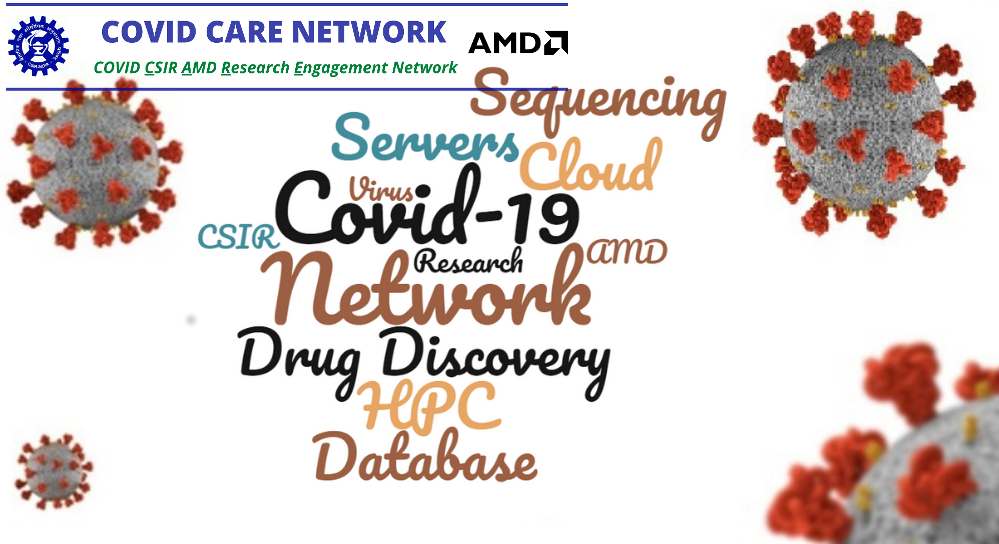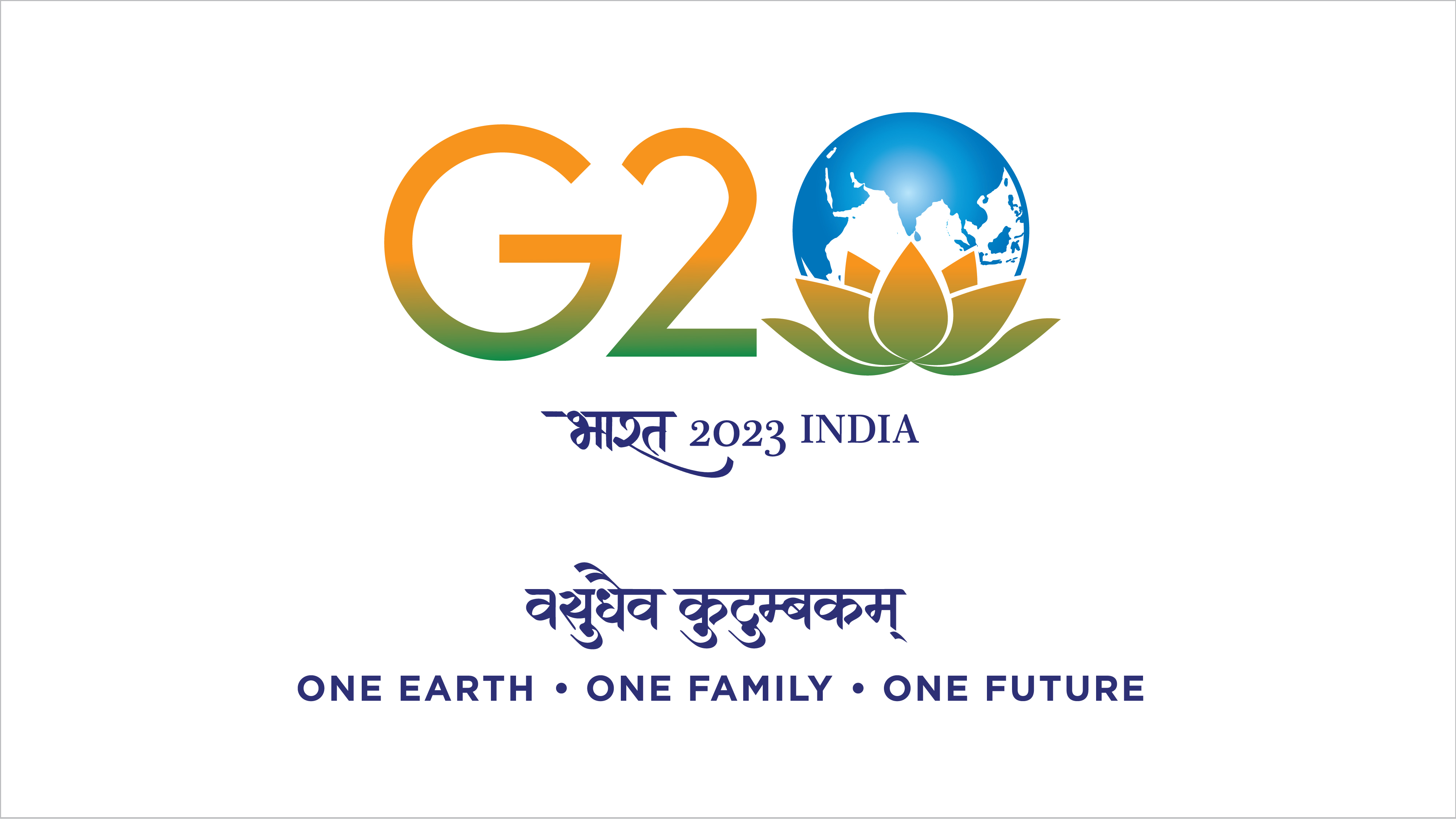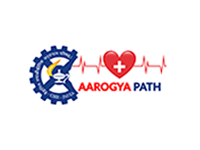by Sapna Ghavri, Rajeev Kumar Yadav and Sridevi Jade
The Kachchh paleo-rift basin of western India which recently experienced Mw 7.6, 26th January 2001 Bhuj earthquake, is one of the most active and vulnerable intra-cratonic zones in the world categorized as seismic zone V, i.e. having potential to produce earthquakes of intensity IX or higher. We analysed the geodetic and seismic principal strain rates to reveal the seismic hazard potential of the Kachchh paleo-rift basin. The geodetic strain rates are calculated from the reported surface motion in the region using a modified least-square inversion scheme that utilizes distance and spatial coverage dependent weight factor on the uncertainty in the plate motion to get a reliable estimate of principal strain rates and their orientations at regular grid nodes. An optimal weighting factor yields a mean rate of compression of ~ − 16 ± 6 nano strain/yr towards north-northeast in the region. The seismic strain rates are estimated based on fault plane solutions of the significant past earthquakes (Mw ≥ 2.5) of the region using the Kostrov formulations. The seismic strain rate and stress inversion estimate indicate that the region released elastic strain at an average rate of ~ − 85 nano strain/yr towards north-south in the past 350 years. A composite analysis of the geodetic and seismic strain rates indicates 900–3000 years of recurrence interval of major (Mw 7.8–8) earthquakes in the region. Our analysis indicates a high rate of strain build-up on the reactivated major faults in the region that have the potential to generate devastating (Mw ≥6) earthquakes.

